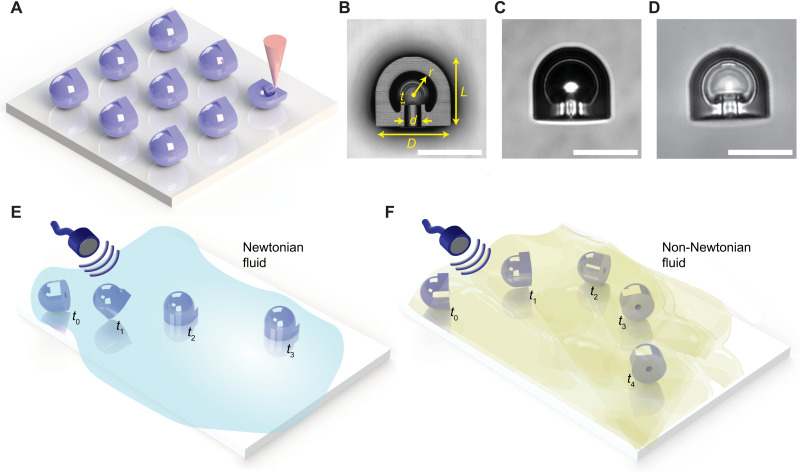Fig. 1. Fabrication, design, and locomotion of the proposed acoustic microrobots.
(A) Schematics of two-photon polymerization-based 3D microprinting of an acoustic microrobot array on an indium tin oxide (ITO)–coated glass substrate. (B) The 3D profile confocal image of a microrobot’s cross section with D = 30 μm, d = 6 μm, L = 27 μm, r = 9 μm, and t = 2 μm. (C) A bright-field microscope image of microrobots with a trapped microbubble in a PBS medium; the trapped gas microbubble is recognized by the darker light intensity. (D) A bright-field microscope image of the filled cavity by low surface tension liquid isopropanol. (E) Surface-slipping acoustic propulsion of the microrobot in Newtonian fluids, where the orifice of microrobot is aligned perpendicular to the substrate under acoustic actuation. (F) Puller-type acoustic propulsion of the microrobot in non-Newtonian fluids, where the orifice is parallel to the substrate under acoustic actuation. The locomotion schematics in (E) and (F) are meant for random starting orientation of microrobots after injection to the medium. Scale bars, 25 μm (B to D).

